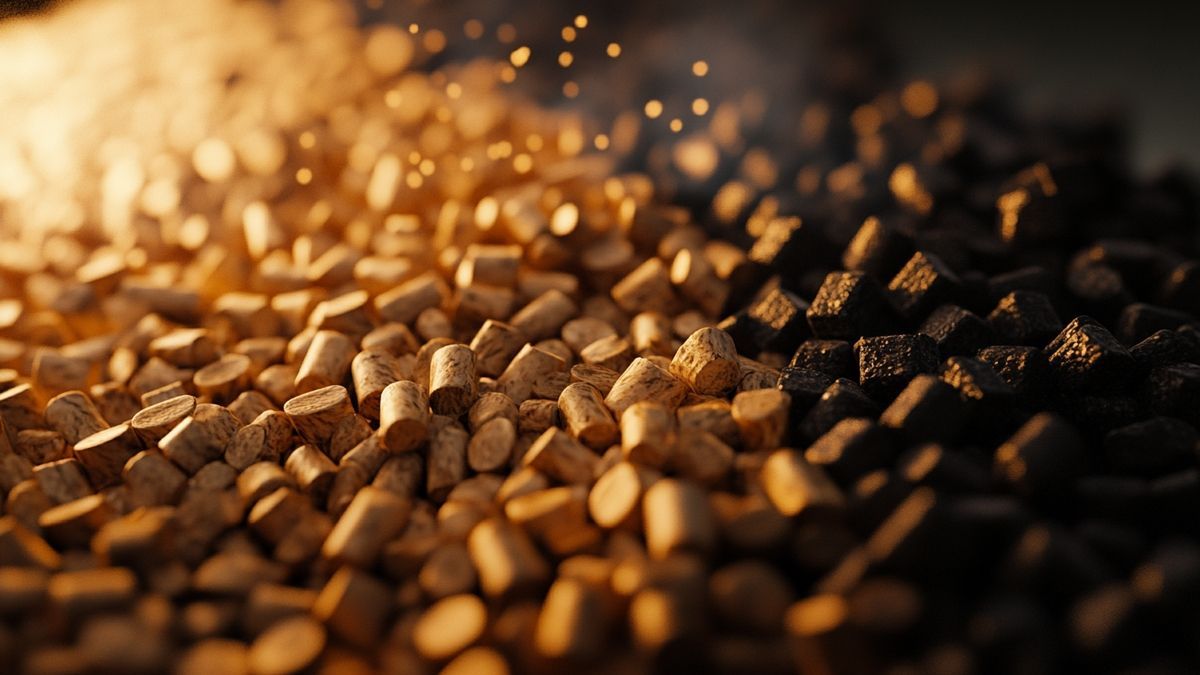Choosing a wood pellet quality cannot be improvised. With the rise of pellet stoves, it is essential to know what is effective and what is not. Each pellet can have an impact not only on your thermal comfort, but also on the durability of your equipment. Here are some practical tips for assessing the quality of your wood pellets.
1. The hardness of the granules
A quality pellet is distinguished by its hardness. The harder it is, the longer it will take to burn, thus providing a yield optimal. A simple method to test hardness is to immerse a few pellets in water. Next, take note of which one is falling apart the least. This will undoubtedly be the one that will provide you with the best heating.
2. Ash analysis

The ashes produced by your pellets can also tell you about their quality. A good pellet generates gray ashes, light and volatile, indicating that it comes from organic materials, without chemical additives. Pay attention to the presence of black ashes or clinker, which can indicate either poor pellet quality or a need to adjust your stove. In this case, it may be wise to consult an expert for an interview.
- Noticed : Too much residual ash can reduce the efficiency of your stove. So be sure to check its condition regularly.
3. The question of density
Density is also a key factor to consider. To check if your pellets have the right density, a simple test in a glass of water can do the trick. A sinking pellet shows that it is sufficiently dense, compliant with standards DINplus Or ENplusA1. If it floats, it means that its density is too low, which will affect its combustion.
4. The color of the pellets

Although the color pellets is not a determining criterion, it can sometimes give an indication on certain types of wood used. Pellets made from larch may appear darker than those made from spruce, without this affecting their calorific value. Focus on their performance rather than their appearance.
5. Maintaining your stove
Choosing quality pellets is a first step, but maintaining your pellet stove is just as crucial. Regular cleaning will prevent the accumulation of residues that could hinder its operation. A well-maintained stove will not only maximize its performance, but also increase its longevity.
By taking the time to carry out these simple tests, you will be able to easily differentiate quality pellets from those to avoid. Make sure you offer your stove the best operating conditions with top-quality pellets.



